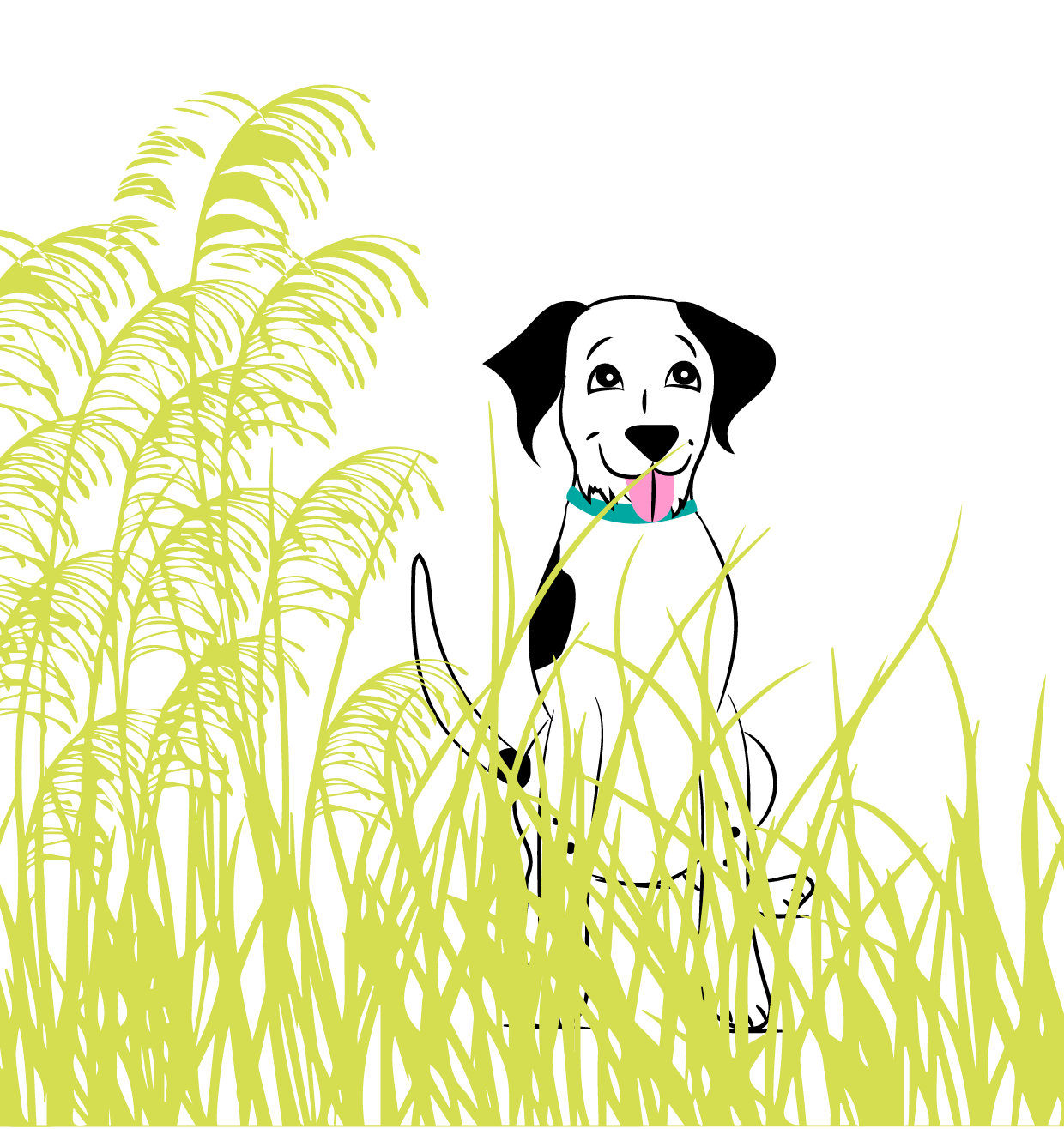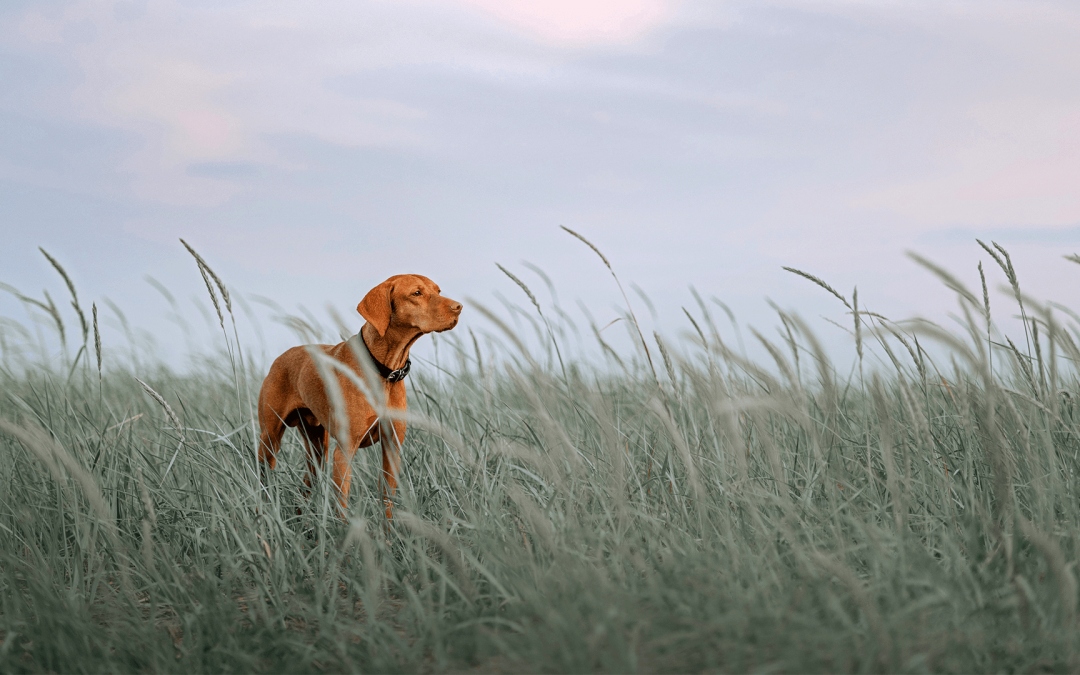Grass-seed season: medical problems caused by grass seeds peak in spring…
Most dogs love to run and play in the yard, but for some, it can end up being a less-than-pleasant experience. Grass seed wounds – if ignored they can cause a lot of pain and irritation.
Why do grass seeds cause problems?
The body recognises the grass seed as foreign and tries to wall it off and remove it. The grass seeds also naturally carry bacteria, which cause infection. This creates a strong inflammatory reaction, with pain, swelling, and pus. It is not uncommon for dogs to have multiple grass seeds embedded under the skin. A common site is the paw. This shows up as a red, painful swelling on the foot, sometimes oozing pus. It will usually be quite painful and the dog will lick it a lot.
Another common site on the skin is around the head and neck. As well as piercing the skin, grass seeds can enter the body via the ears, eyes, nose, throat, vagina, and intestines.
Dogs are always sniffing with their noses to the ground. Grass seeds frequently get snorted up the nose or inhaled down the windpipe. Once inside the body, the seeds migrate. The seeds will take the path of least resistance.
What are the signs of grass seed wounds?
Depending on where the grass seed penetrates or enters the body, a variety of different symptoms would make it apparent that your dog or cat may have a grass seed invasion.
Keep in mind, wherever it breaks the skin, there will be an infection on the skin including redness and swelling. If you spot this then immediately take action and head straight to your Fur Life Vet.

Grass Seeds in dog's ears
- Head shaking
- Redness and painful to touch
- Holding the head to one side
- Loss of balance

Grass seeds in dog's paw
- Licking at the toes
- Red, swollen area on the foot and between toes
- Limping or holding the leg up

Grass seed in dog's skin
- Swollen, red lump, with blood or pus
- Dog licking continually at site
- Grass seed sticking out from skin

Grass seeds in dog's eye
- Swollen, red eye
- Excessive tear production
- Rubbing eye
- Squinting

grass seed in dog's nose
- Repeated sneezing
- Bloody discharge from nostril
- Rubbing face on the ground
- Difficulty breathing

grass seeds in dog's genitals
- Licking at the site
- Difficulty peeing
- Blood in urine
Treatment for grass seed in dogs

The best way to prevent injury from grass seed in dogs is to find and remove them as quickly as possible. For example, a grass seed in the eye can cause serious damage to the cornea if left untreated. Unfortunately, however, removal is not always straightforward.
It’s likely your Fur Life Vet will carry out a full physical examination of your pet to confirm the diagnosis before getting to work on removing the offending seed. If it’s close to the surface of the skin and easily accessible they may use a specially-designed pair of tweezers to do this.
If your vet suspects a grass seed is lodged too deeply, is in a particularly sensitive area, or there is pus or blood oozing out of a wound, they may need to sedate your dog. If a grass seed is thought to be the source of pain or infection but cannot be found, surgery may be required.
3. Prevention for grass seeds in dogs
Avoid long grass in the warmer months keep your lawn tidy and check your dog thoroughly after a walk, by running your fingers through their fur and checking inside the ears, in between the toes, and in the mouth and eyes.
Even if your dog shows no signs of grass wounds, watch out for symptoms. If your dog develops any of the symptoms listed above — limit your dog’s exposure to long grass – and consult your Fur Life Vet right away.



Recent Comments